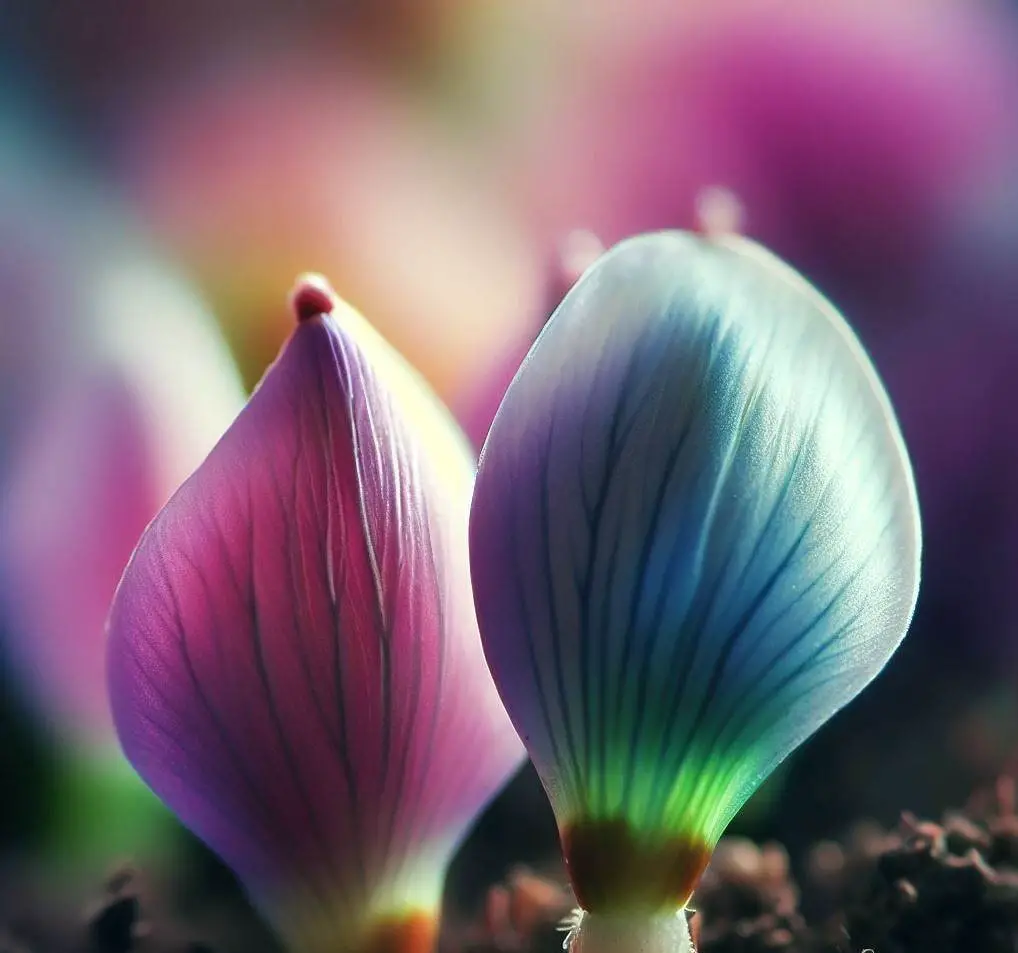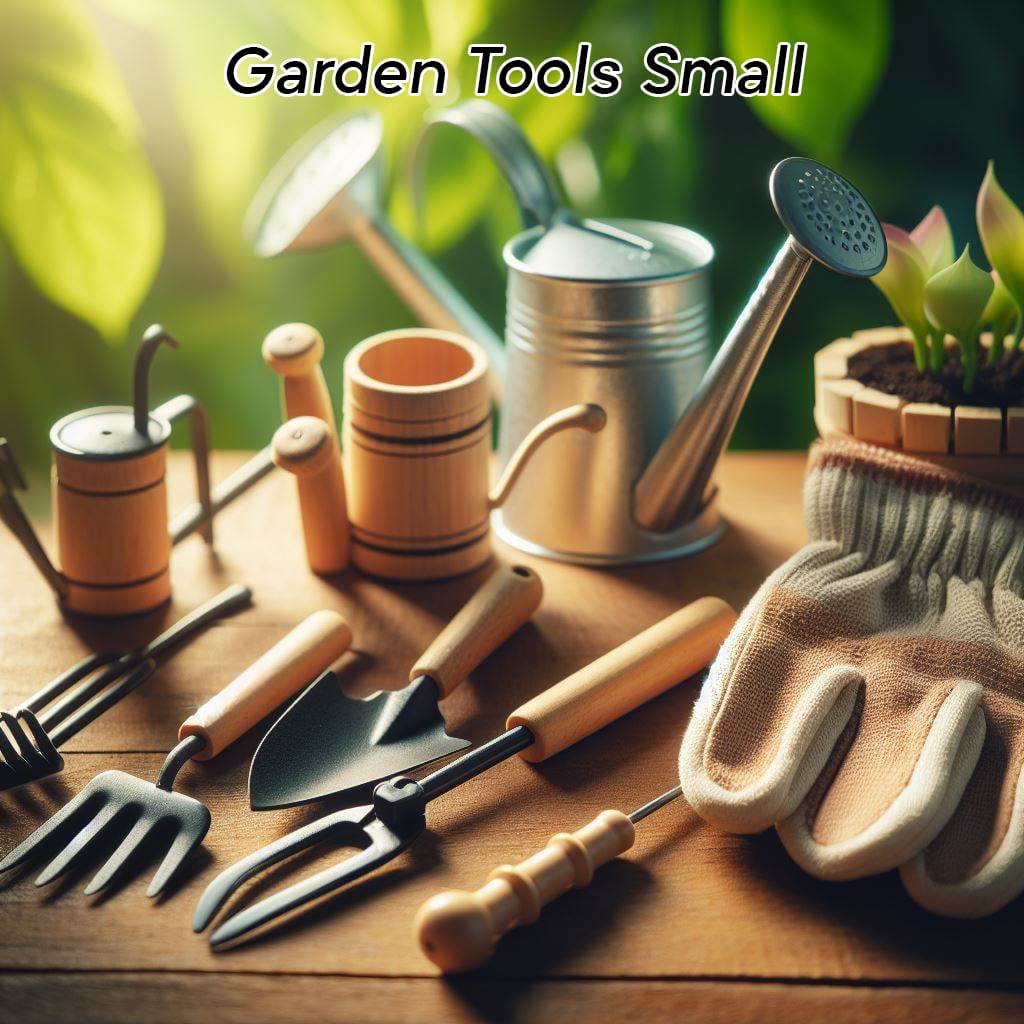Do oxalis bulbs multiply
The question “Do oxalis bulbs multiply” is asking whether oxalis bulbs can multiply or reproduce.
The answer to this question is yes, oxalis bulbs can multiply. Many varieties of oxalis, especially flowering oxalis, can reproduce and increase in number. They can do so through underground bulbs or by producing new offsets or bulblets. Underground bulbs can separate from the parent bulb and develop their roots, while new offsets can emerge from small bulbils on the main roots. Maybe you want to know why oxalis bulbs multiply which is because of this reason, This ability of oxalis bulbs to multiply is a biological characteristic that aids in their widespread propagation and colonization. Therefore, oxalis bulbs are capable of multiplying or reproducing.
What is an oxalis bulb?
An oxalis bulb refers to the underground storage structure of the oxalis plant. It is a specialized organ that stores nutrients and energy for the plant’s growth and survival. Oxalis bulbs are typically round or bulbous in shape and are formed at the base of the plant.
The bulb is composed of modified stem tissue, consisting of layers of fleshy scales or layers. These scales protect the inner tissues of the bulb and serve as a reservoir for storing nutrients and moisture. The bulb also contains dormant buds that can develop into new shoots and leaves when conditions are favorable.
Oxalis bulbs play a crucial role in the life cycle of the plant. They allow the plant to survive adverse conditions, such as winter or drought, by going dormant and then regenerating new growth when conditions improve. Additionally, the bulbs can produce new bulbs or offsets, enabling the plant to multiply and spread.
| Stage | Method | Description |
|---|---|---|
| 1 | Division | Lift the clump of Oxalis bulbs from the ground. Separate the individual bulbs from the main clump. |
| 2 | Bulbils | Look for small bulbils that grow on the stems or in the leaf axils of certain Oxalis species. Gently detach them from the plant. |
| 3 | Seeds | Collect ripe seeds from the Oxalis plant. Sow the seeds in a suitable growing medium. |
| 4 | Offsets | Some Oxalis species produce small offsets or daughter bulbs around the base of the main bulb. Carefully detach these offsets. |
| 5 | Tissue Culture | For advanced propagation, tissue culture techniques can be employed to multiply Oxalis plants in a laboratory setting. |
When planting oxalis, the bulbs are usually placed in the soil with the pointed end facing upwards. This ensures proper orientation for growth. The bulbs serve as the starting point for the development of new shoots, roots, and eventually flowers.
It’s important to note that not all species of oxalis have bulbs. Some varieties may have rhizomes, tubers, or other specialized storage structures instead. The specific type of bulb or storage structure can vary depending on the species and cultivar of oxalis.

How oxalis bulb multiply?
Oxalis bulbs can multiply through several methods, including bulb division, bulblet formation, and seed production. The specific method of multiplication can vary depending on the species and cultivar of oxalis. Here are the common ways in which oxalis bulbs multiply:
-
Bulb Division
Over time, the parent oxalis bulb may produce offsets or smaller bulbs around its base. These offsets can be separated from the parent bulb and planted individually. Each offset has the potential to develop into a new oxalis plant, producing its own set of bulbs in the future.
-
Bulblet Formation
Some species of oxalis produce small bulblets or bulbils along the roots or on the stems. These bulblets can be detached from the parent plant and planted separately. Once planted, they can grow into new oxalis plants and form their bulbs.
-
Seed Production
Oxalis plants can produce seeds through flowering. When the flowers are pollinated, they develop seed capsules containing multiple seeds. These seeds can be collected and planted to grow new oxalis plants. However, it’s important to note that not all species of oxalis readily produce viable seeds, and seed propagation may require specific conditions or treatments.
It’s worth mentioning that the exact method of multiplication can vary among different oxalis species and cultivars. Some varieties may primarily multiply through bulb division, while others may rely more on bulblet formation or seed production. Additionally, environmental factors such as light, temperature, and soil conditions can influence the multiplication process.
Understanding the specific multiplication method for the particular species or cultivar of oxalis you are working with will help you effectively propagate and multiply your oxalis plants.
Why oxalis bulb multiply is important?
The multiplication of oxalis bulbs is important for several reasons:
-
Plant Propagation
Oxalis bulbs serve as a means of propagating and expanding the population of the plant. By multiplying bulbs, you can create new plants and increase their numbers. This is particularly useful if you want to establish oxalis in different areas of your garden or share the plants with others.
-
Naturalization and Colonization
Oxalis bulbs’ ability to multiply allows the plant to naturalize and colonize areas more effectively. As the bulbs multiply and produce new plants, they can spread and establish themselves in a wider range of habitats. This can lead to the naturalization of oxalis in various environments and contribute to its persistence and survival as a species.
-
Landscape and Garden Design
The multiplication of oxalis bulbs can be advantageous for landscape and garden design. By propagating and multiplying bulbs, you can create larger groupings or clusters of oxalis plants, which can enhance the visual impact and create a more vibrant display of foliage and flowers. This can be particularly appealing in garden beds, borders, or containers.
-
Sustainable Gardening
Multiplying oxalis bulbs can be a sustainable gardening practice. Instead of relying on purchasing new plants, you can propagate and multiply existing bulbs, reducing the need for external sources. This can be both cost-effective and environmentally friendly.
-
Genetic Diversity
The multiplication of oxalis bulbs contributes to genetic diversity within the species. Each bulb or offset produced may have slight genetic variations, allowing for some degree of genetic diversity and adaptability within the oxalis population. This genetic diversity can be important for the long-term resilience and survival of the species.
Overall, the multiplication of oxalis bulbs plays a crucial role in the propagation, spread, and establishment of the plant. It offers benefits in terms of plant availability, landscape design, sustainability, and genetic diversity.

what happened if the oxalis bulb does not multiply?
If oxalis bulbs do not multiply, it can have a few implications:
-
Limited Propagation
Without bulb multiplication, the ability to propagate oxalis plants becomes limited. This means you won’t have as many opportunities to create new plants from existing ones. It may result in a slower or more challenging process to expand the population of oxalis in your garden or propagate them for sharing with others.
-
Restricted Spread
The lack of bulb multiplication can restrict the natural spread and colonization of oxalis plants. With fewer new plants being produced, the ability of oxalis to establish in new areas or environments becomes limited. This may affect the plant’s ability to naturalize or become invasive in certain regions.
-
Reduced Visual Impact
Multiplying bulbs can create larger groupings of oxalis plants, which can enhance the visual impact of their foliage and flowers. If bulbs do not multiply, you may have smaller clusters or individual plants, which might not have the same visual appeal or impact in the landscape or garden design.
-
Limited Genetic Diversity
Bulb multiplication contributes to genetic diversity within oxalis populations. Without multiplication, there may be less genetic variation among the plants. Limited genetic diversity can make plants more susceptible to diseases, pests, or environmental changes. It may reduce their adaptability and resilience in the long term.
-
Dependence on Other Propagation Methods
If bulb multiplication is not happening, you may need to rely on other propagation methods such as seed sowing, division of existing plants, or tissue culture to propagate oxalis. These methods may require more effort, time, or resources compared to bulb multiplication.
It’s important to note that not all species or cultivars of oxalis rely heavily on bulb multiplication for their propagation. Some may have alternative methods of reproduction, such as seed production or runners. The impact of the lack of bulb multiplication will depend on the specific species or cultivar of oxalis in question.
How we can use it to make the oxalis bulb multiply?
To encourage the multiplication of oxalis bulbs, you can implement the following practices:
-
Adequate Growing Conditions
Providing the right growing conditions for oxalis can promote bulb multiplication. Ensure that the plants are growing in an environment that suits their specific needs, including proper sunlight exposure, well-draining soil, and appropriate moisture levels. Healthy and thriving plants are more likely to produce and multiply bulbs.
-
Avoid Disturbing Bulbs
Oxalis bulbs can multiply more effectively when left undisturbed. Avoid disturbing the bulbs unnecessarily, such as through excessive digging or moving them around. This allows the bulbs to establish and develop without interruption, increasing their chances of multiplying.
-
Allow Bulbs to Mature
Allowing the bulbs to mature fully before harvesting or dividing can enhance their multiplication potential. Mature bulbs have accumulated more nutrients and energy, which can support the growth of offsets or bulblets. Patience in letting the bulbs mature before propagation can lead to a greater yield of new bulbs.
-
Division
Dividing the bulbs is a common method to promote multiplication. When the bulbs have multiplied and formed offsets or bulblets, you can carefully separate them from the parent bulb and replant them individually. Ensure that each offset or bulblet has sufficient roots attached to increase its chances of successfully developing into a new plant.
-
Seed Propagation
Some species of oxalis produce seeds that can be used for propagation. Collecting and sowing these seeds can lead to the development of new oxalis plants, which can eventually multiply through bulb formation. Follow proper seed propagation techniques, such as scarification or stratification, if necessary, to improve germination rates.
-
Proper Bulb Storage
When storing oxalis bulbs during dormancy, ensure they are kept in a cool, dry, and well-ventilated location. Proper storage conditions help maintain bulb health and vitality, ensuring they remain viable for multiplication in the following growing season.
By providing optimal growing conditions, allowing bulbs to mature, practicing division, utilizing seed propagation, and implementing proper bulb storage, you can enhance the chances of oxalis bulbs multiplying and increasing their population.
Conclusion
In this article, we discussed Do oxalis bulbs multiply which is good. So we can see How it can be done through the processes that we mentioned in this article.
if you want to know more about oxalis plants read these articles:











